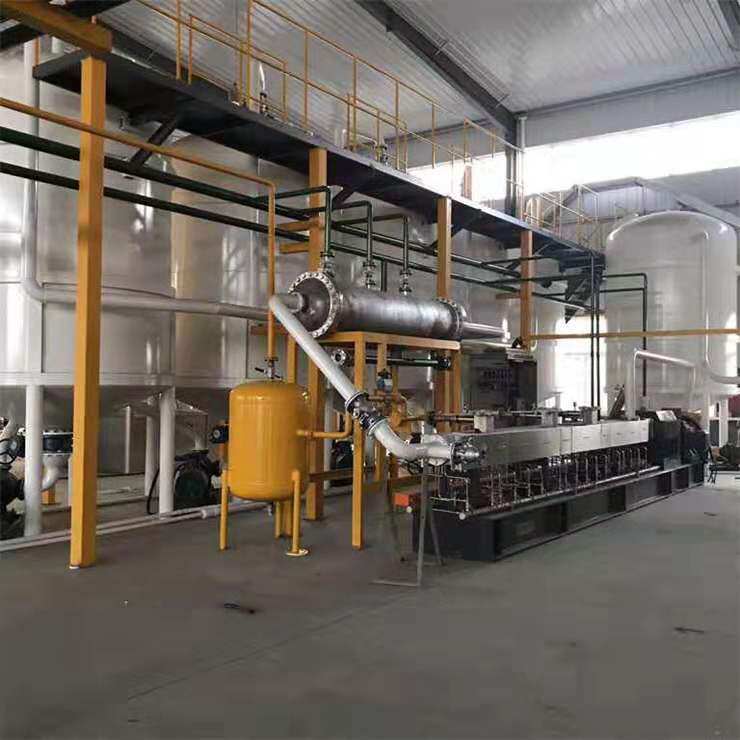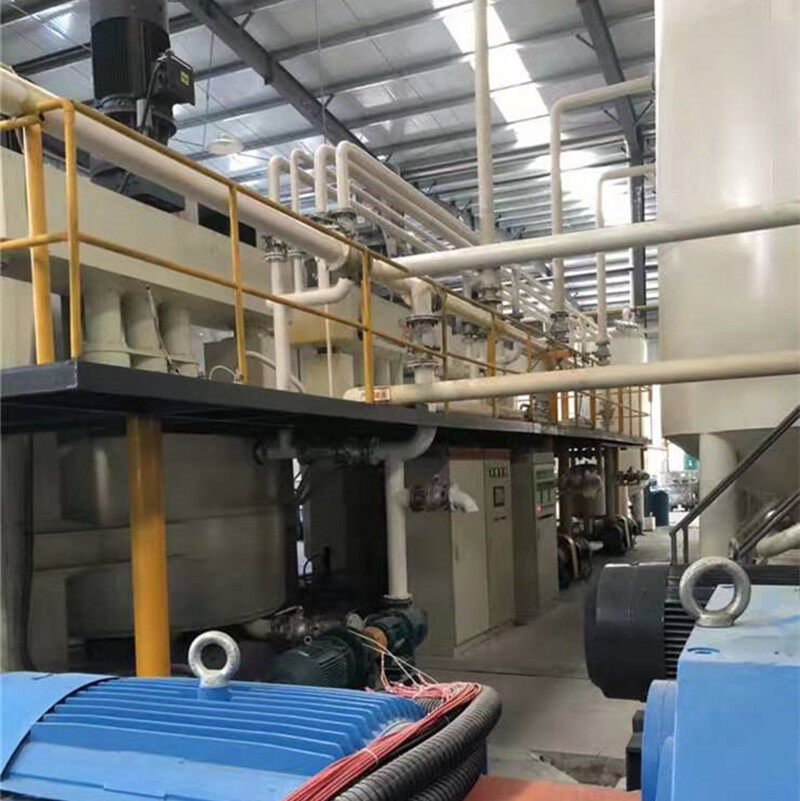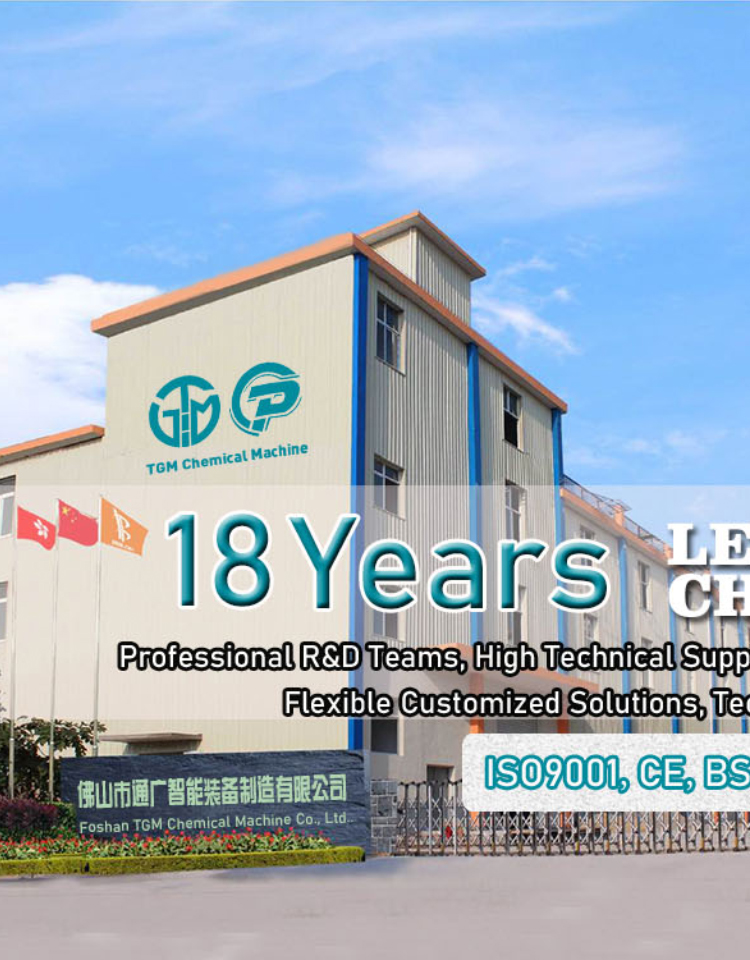Email cannot be empty
Password cannot be empty
Email format error
Email cannot be empty
Email already exists
6-20 characters(letters plus numbers only)
The password is inconsistent
Email format error
Email cannot be empty
Email does not exist
6-20 characters(letters plus numbers only)
The password is inconsistent


How a Silicone Sealant Production Line Can Improve Your Manufacturing Process
Silicone sealant is used in many industries like construction, automotive, and manufacturing. It is strong, flexible, and resistant to environmental damage. As the need for silicone sealant grows, it is important to improve how it is made. A silicone sealant production line helps with this.
In this article, we will look at what a silicone sealant production line does, its parts, and how it works. You will see how it can help businesses make better products more efficiently.
What is a Silicone Sealant Production Line?
A silicone sealant production line is a system used to make silicone sealant in large amounts. It has machines and equipment to handle all parts of production. This includes mixing the materials, processing the sealant, and packaging it. The system makes sure the sealant is high-quality.
Modern silicone sealant production lines use advanced technology. This allows for better control, faster production, and higher product quality. It also helps reduce waste and lower costs.
Parts of a Silicone Sealant Production Line
The parts of a silicone sealant production line depend on the size of the factory and its needs. But most production lines have the following main parts:
1. Mixing Equipment
The first step is mixing the raw materials. These include silicone resin, curing agents, fillers, and additives. The mixing equipment blends them together. This step ensures the mixture is consistent and the final product has the right texture.
Good mixing equipment is needed. If the materials are not mixed well, the sealant may not work properly.
2. Extrusion Machine
After mixing, the sealant is shaped. The extrusion machine forms the mixture into tubes or cartridges. The machine also controls the temperature and pressure to ensure the sealant has the right properties, such as flexibility and adhesion.
3. Curing Oven
Curing is the next step. The curing oven applies heat to the sealant, which hardens it and makes it strong. Different types of sealant need different curing times and temperatures. The oven makes sure the sealant becomes durable and resistant to heat, moisture, and UV damage.
4. Filling and Packaging Equipment
Once the sealant is cured, it is time to package it. The filling and packaging equipment fills the sealant into containers like cartridges, tubes, or bottles. The packaging machines make sure each container is filled properly and sealed tight.
Automated packaging machines are often used. This makes the process faster and reduces mistakes.
The Production Process of Silicone Sealant
Step 1: Raw Material Preparation
First, the raw materials are prepared. These include silicone polymer, curing agents, stabilizers, and fillers. Each material is measured and weighed according to the formula for the type of sealant being made.
Step 2: Mixing and Blending
The raw materials are added to the mixing machine. The machine blends them together until the mixture is uniform. This step ensures the sealant has the right texture and viscosity.
Step 3: Extrusion and Shaping
Next, the mixture is moved to the extrusion machine. The machine shapes it into the desired form, such as tubes or cartridges. This step makes sure the sealant is easy to use in the final application.
Step 4: Curing
After shaping, the sealant goes into the curing oven. The heat helps the sealant set and harden. The curing time and temperature depend on the type of sealant being made.
Step 5: Quality Control and Inspection
Quality control is done throughout the production process. The sealant is checked to make sure it has the right texture, color, and consistency. After curing, it is inspected again to confirm it meets the required standards.
Step 6: Packaging
Once the sealant passes inspection, it is moved to the packaging station. The sealant is filled into containers, sealed, and labeled. This step is mostly done by automated machines, which makes it faster and more accurate.

Advantages of Using a Silicone Sealant Production Line
1. Higher Efficiency and Output
A production line helps make silicone sealant faster. The machines do most of the work, so the process is quicker.
2. Better Product Quality and Consistency
The equipment used in the production line ensures that each batch of sealant is the same. This results in consistent quality and fewer defects.
3. Lower Costs
The production line reduces waste and uses raw materials more effectively. This lowers the overall cost of production. Automated machines also reduce labor costs.
4. Scalability
As demand for silicone sealant increases, a silicone sealant production line can be expanded. More machines can be added to increase production.
5. Better Safety
With automated machines, workers do not need to handle dangerous tasks. This improves safety in the workplace.

